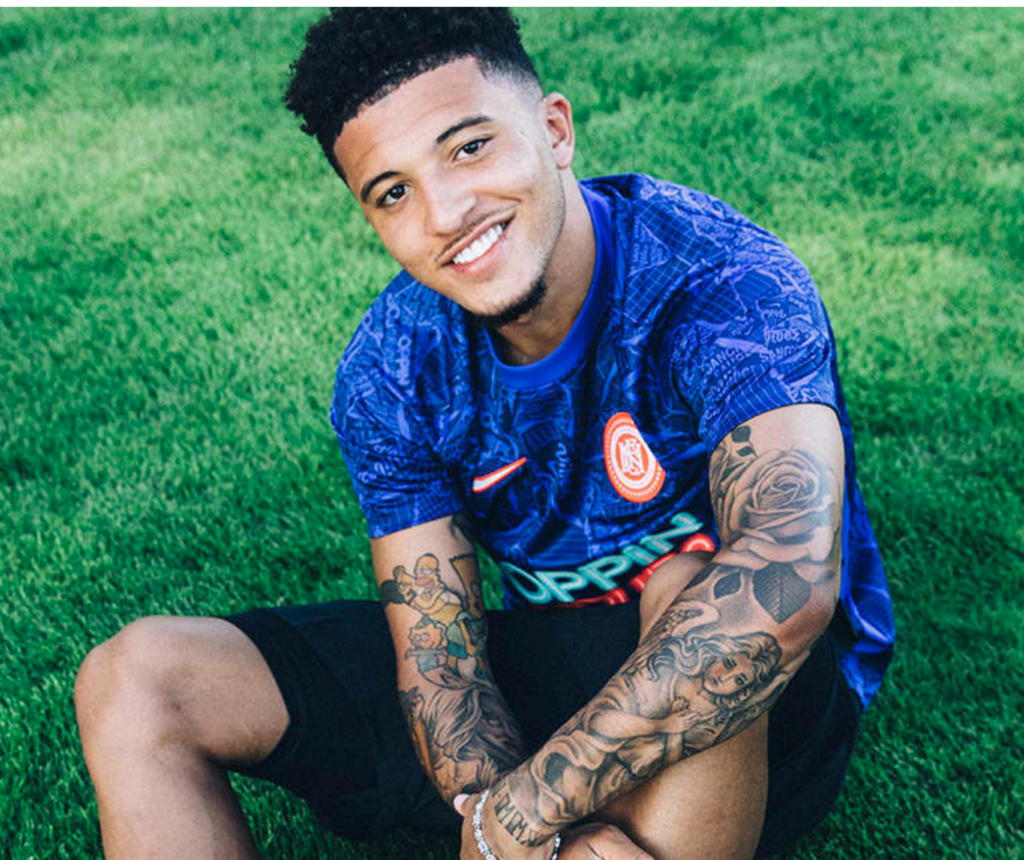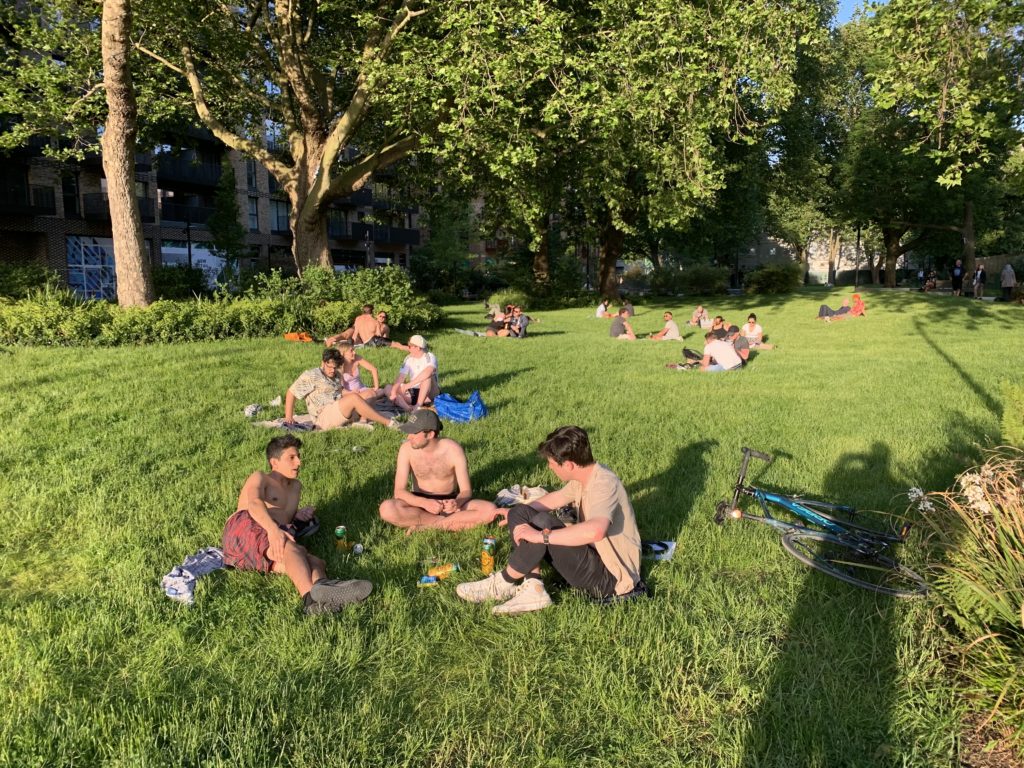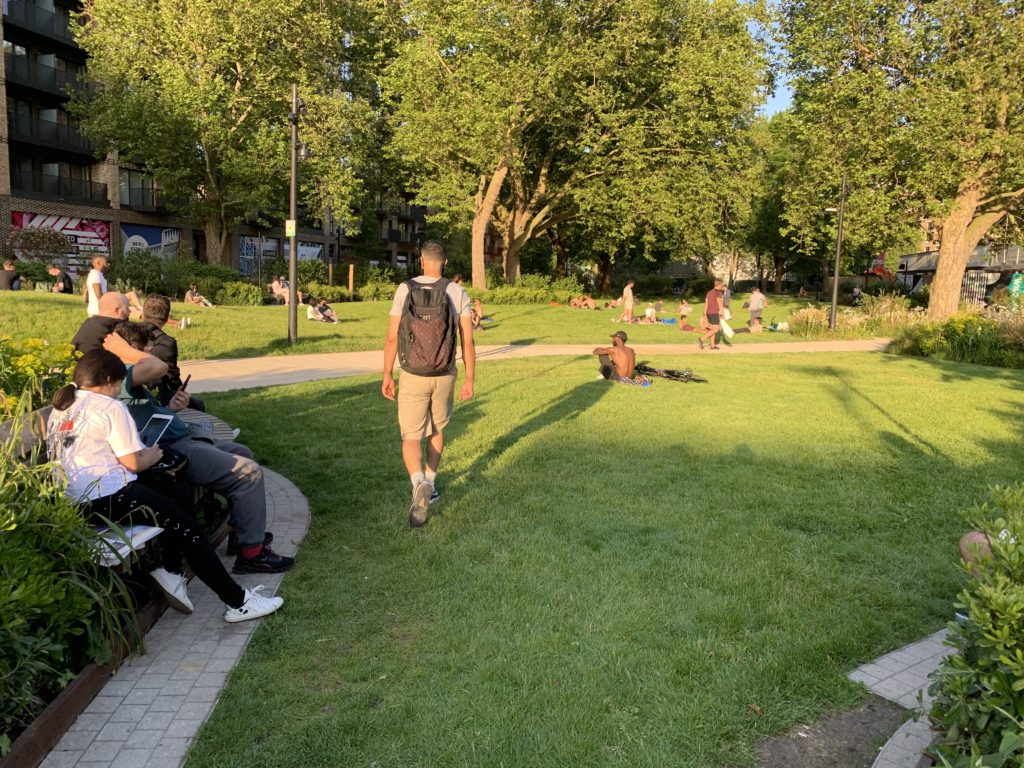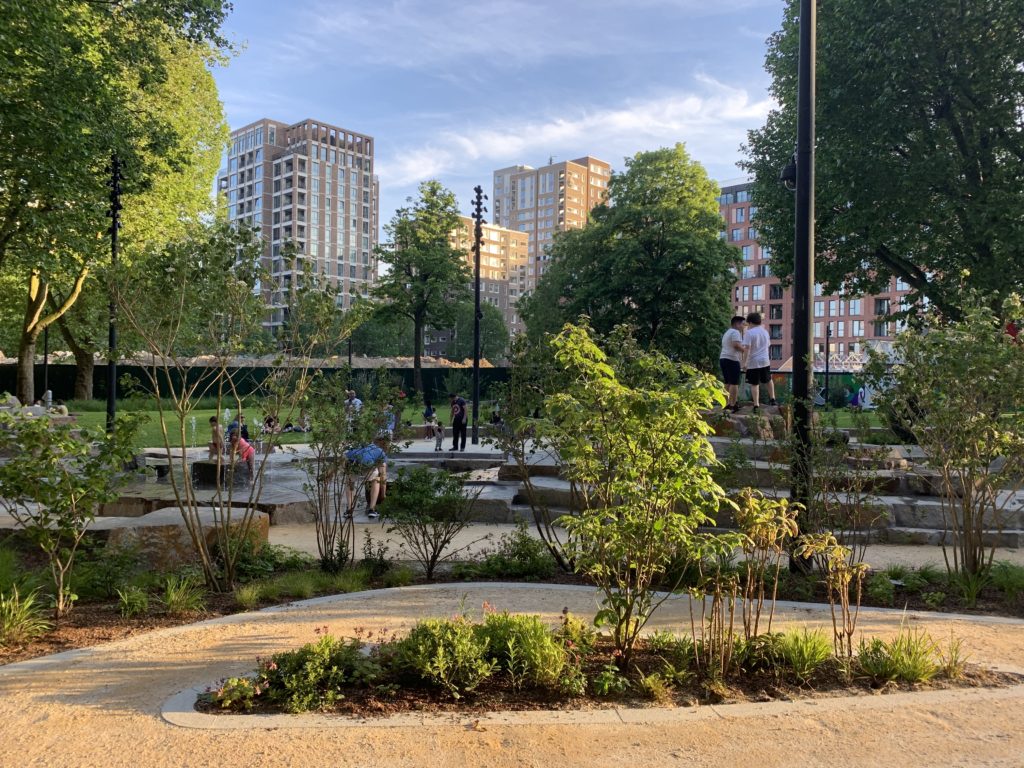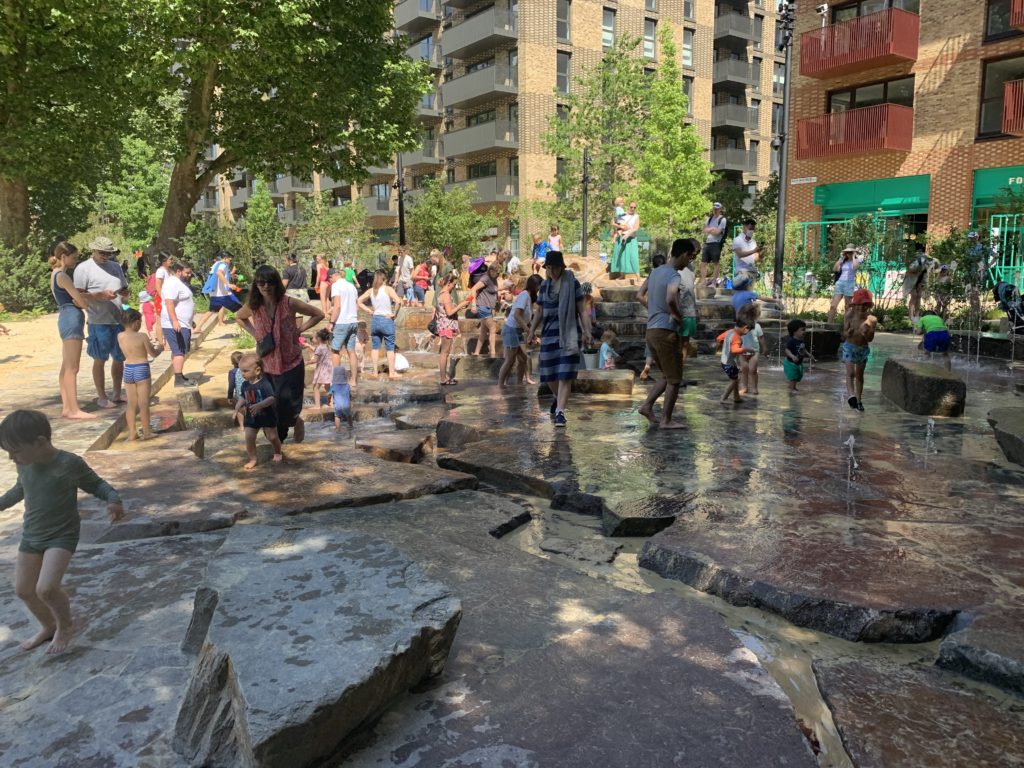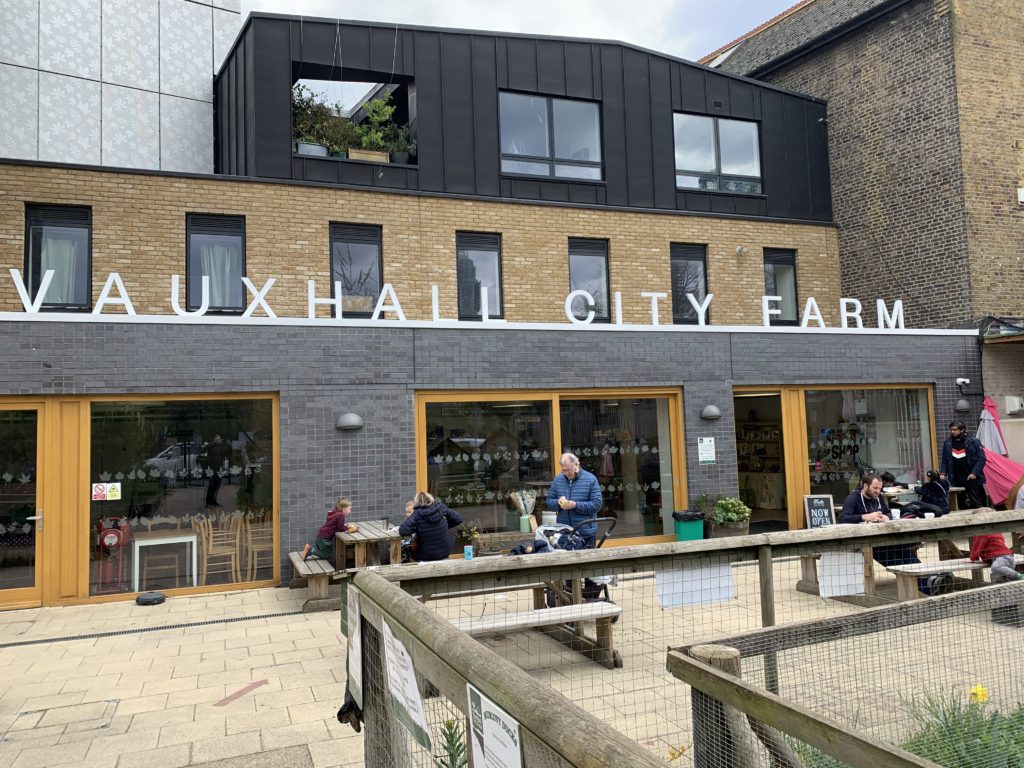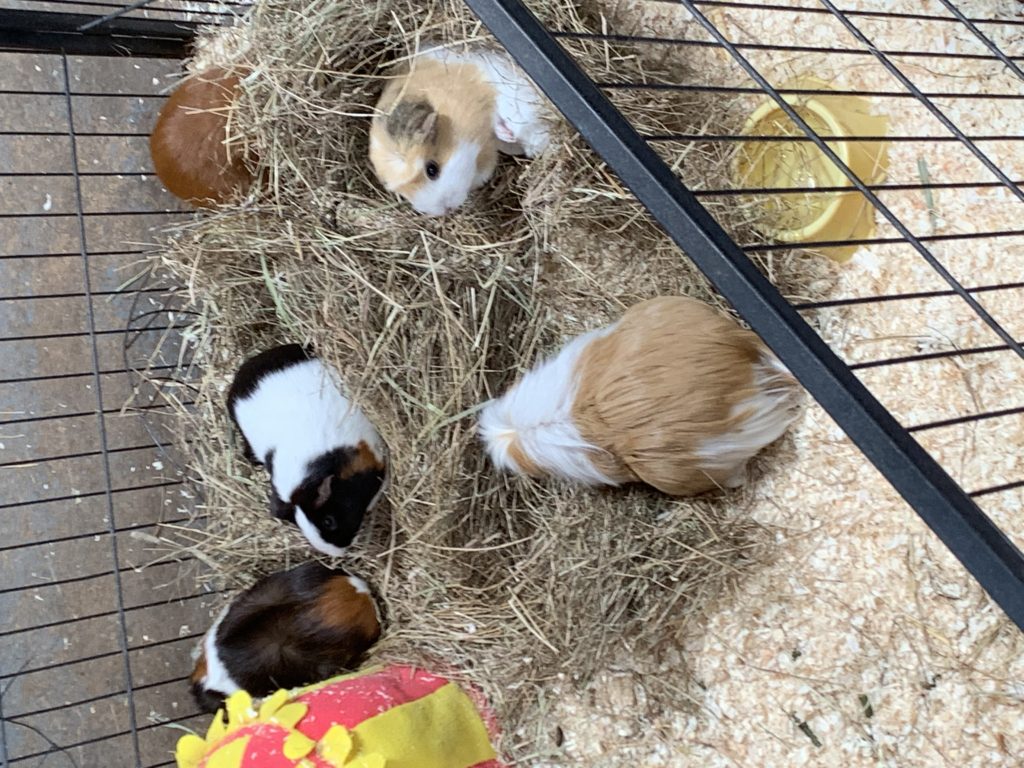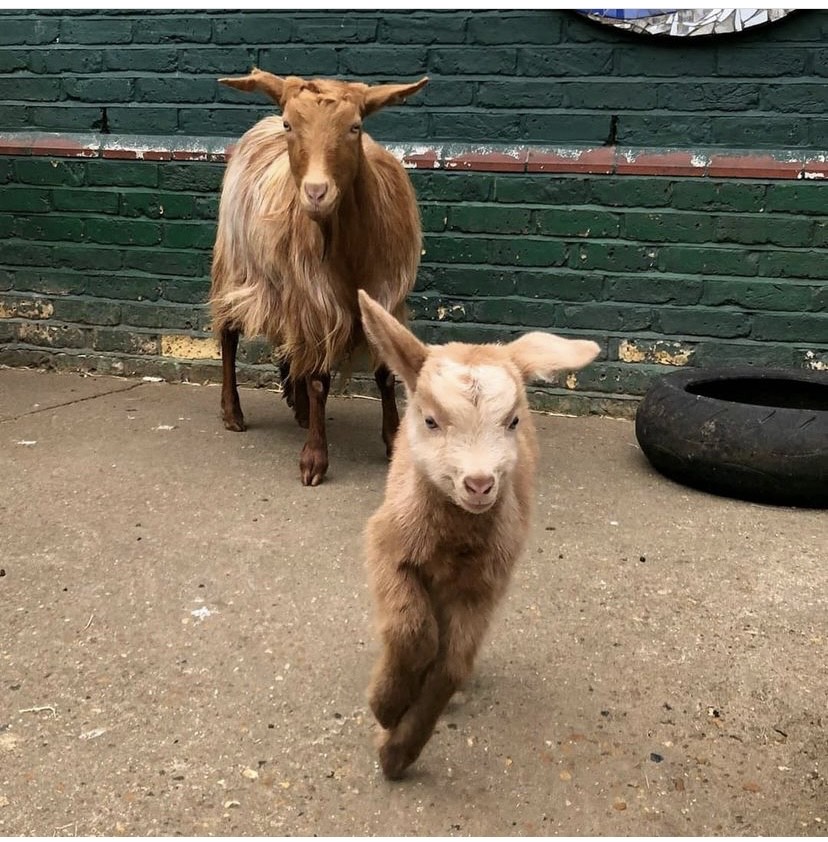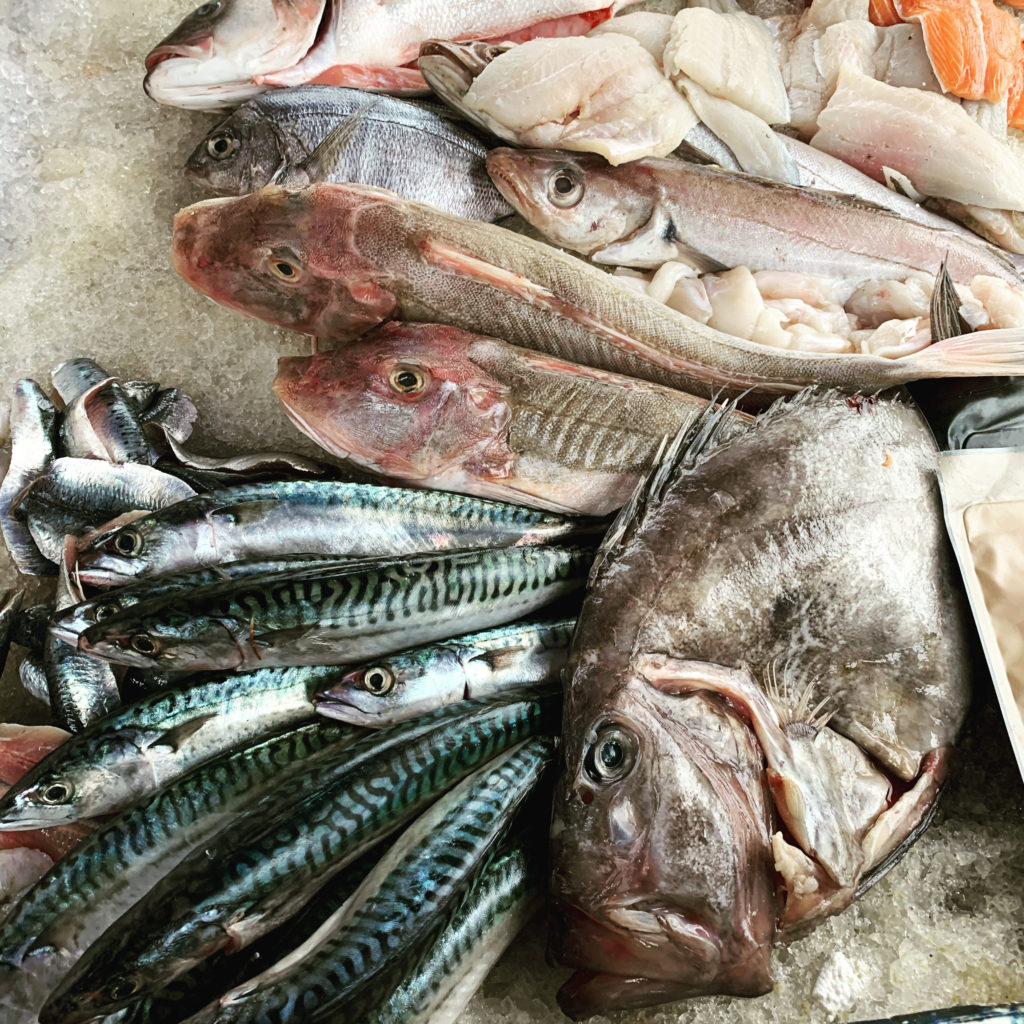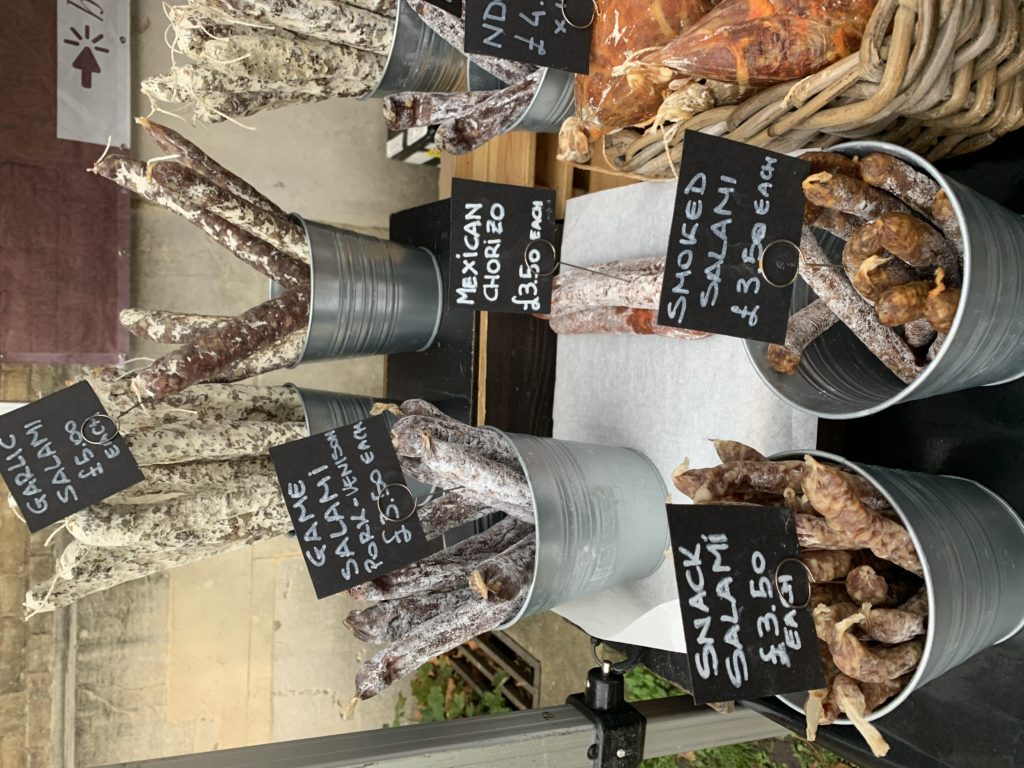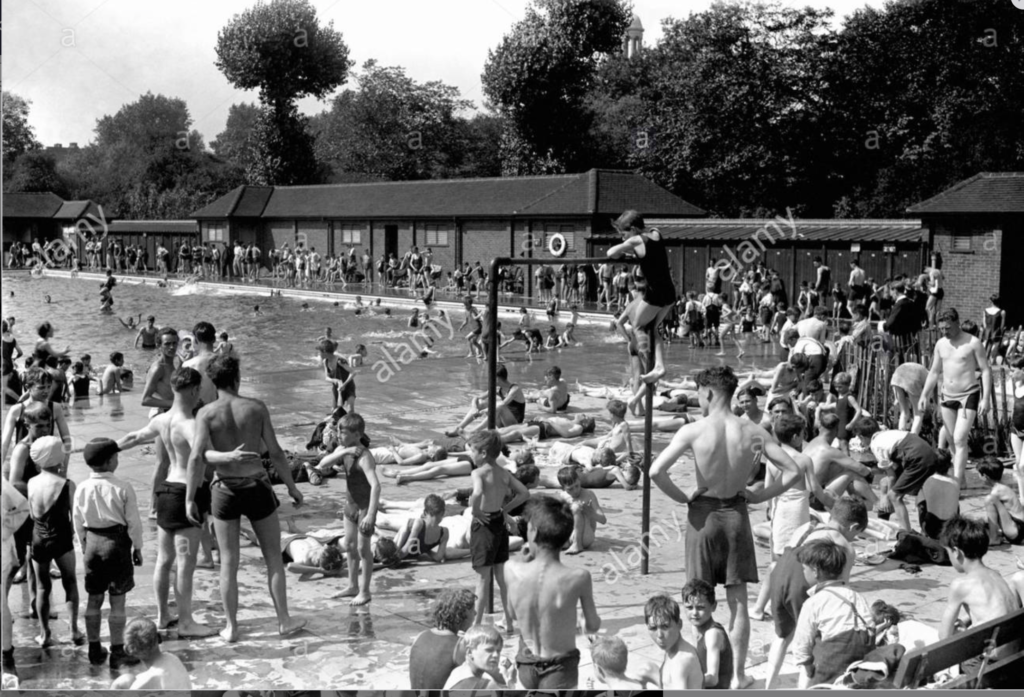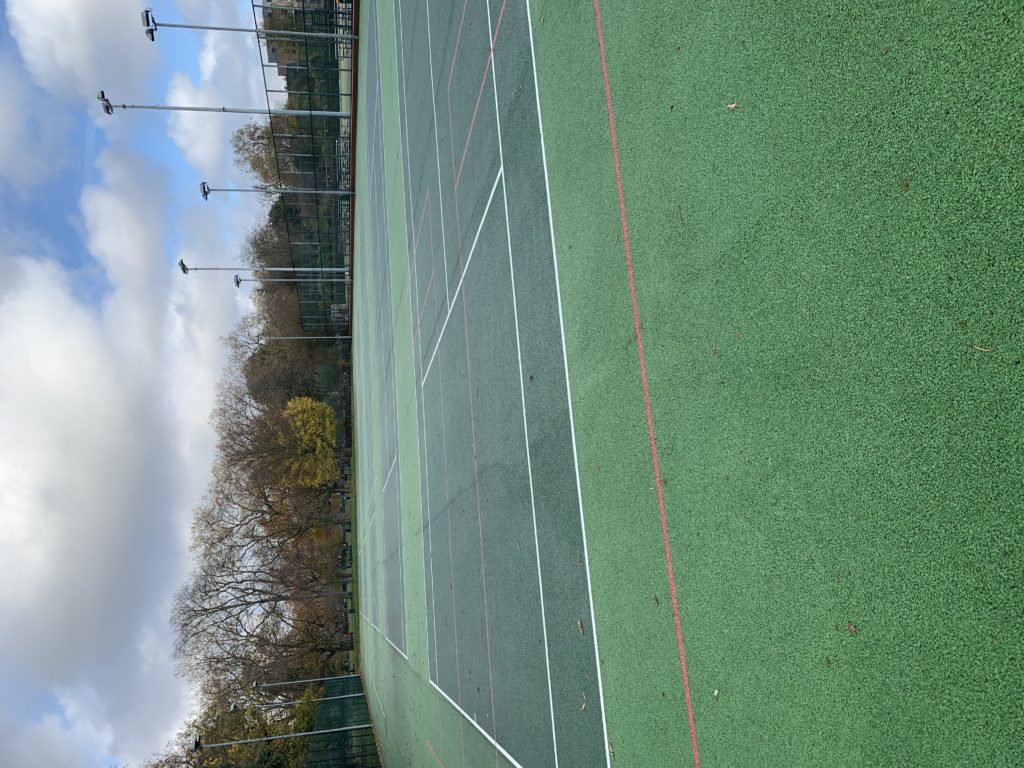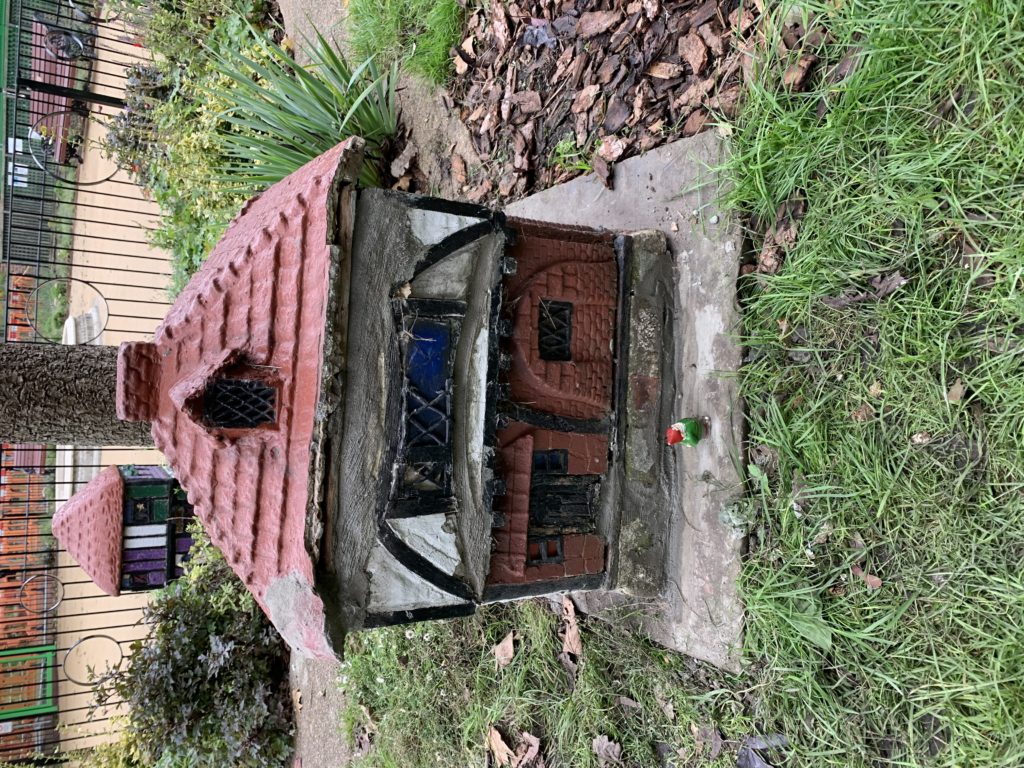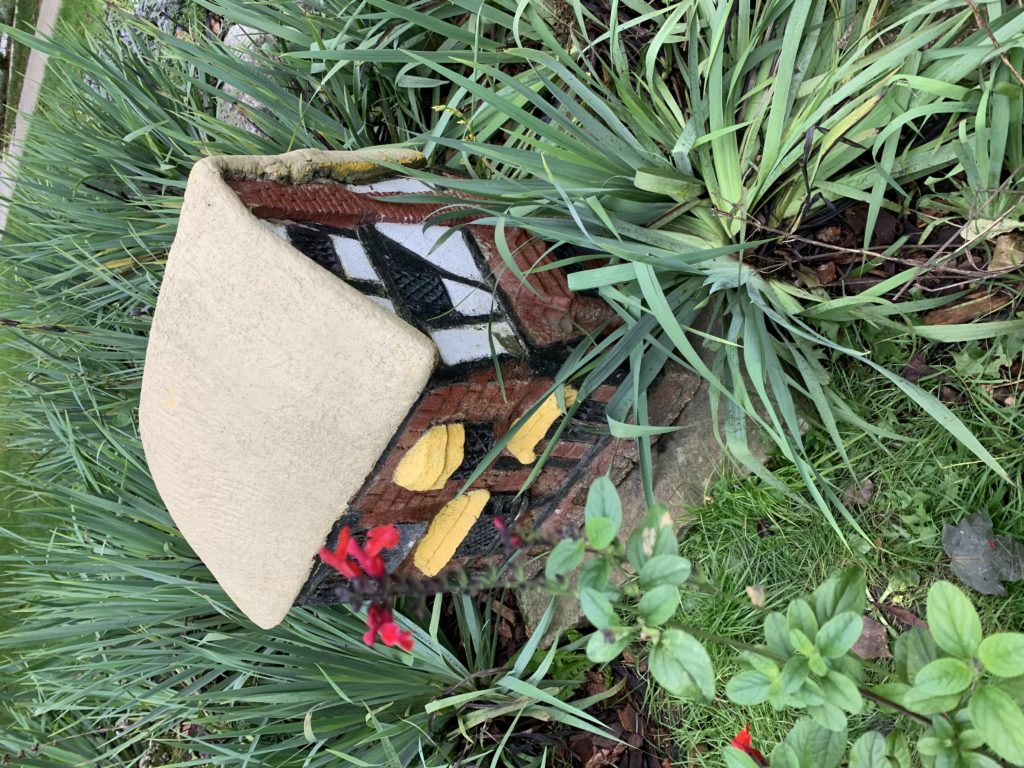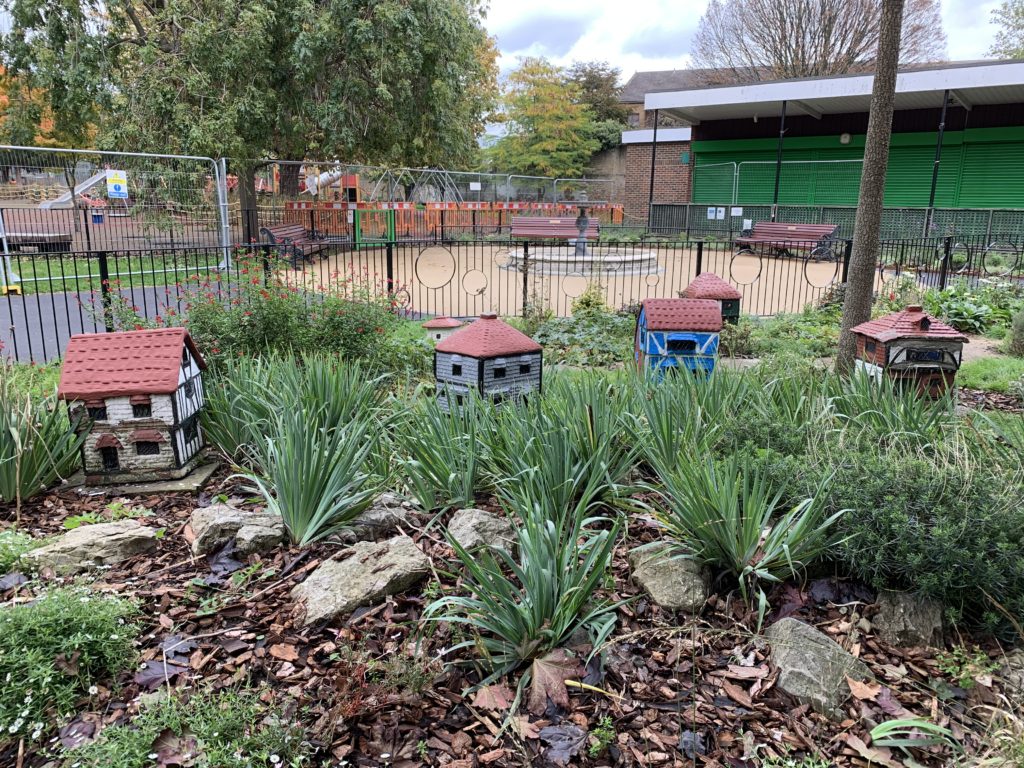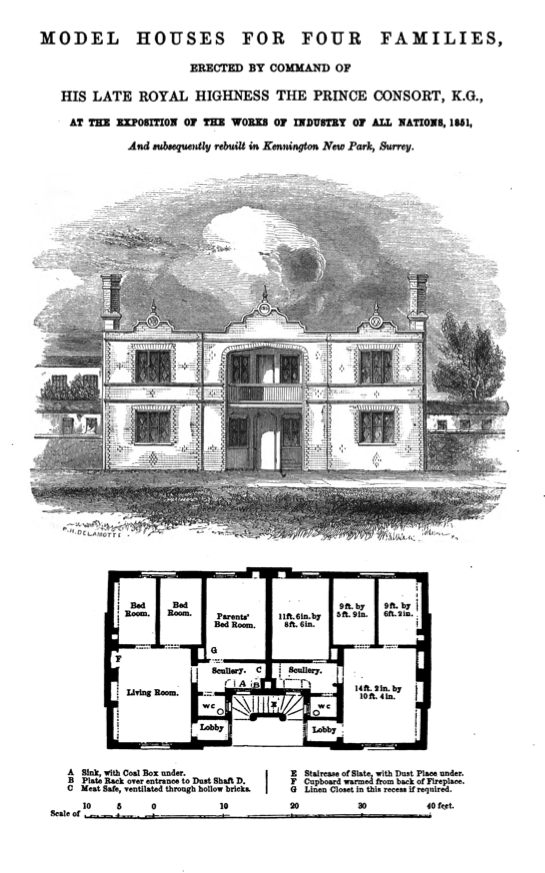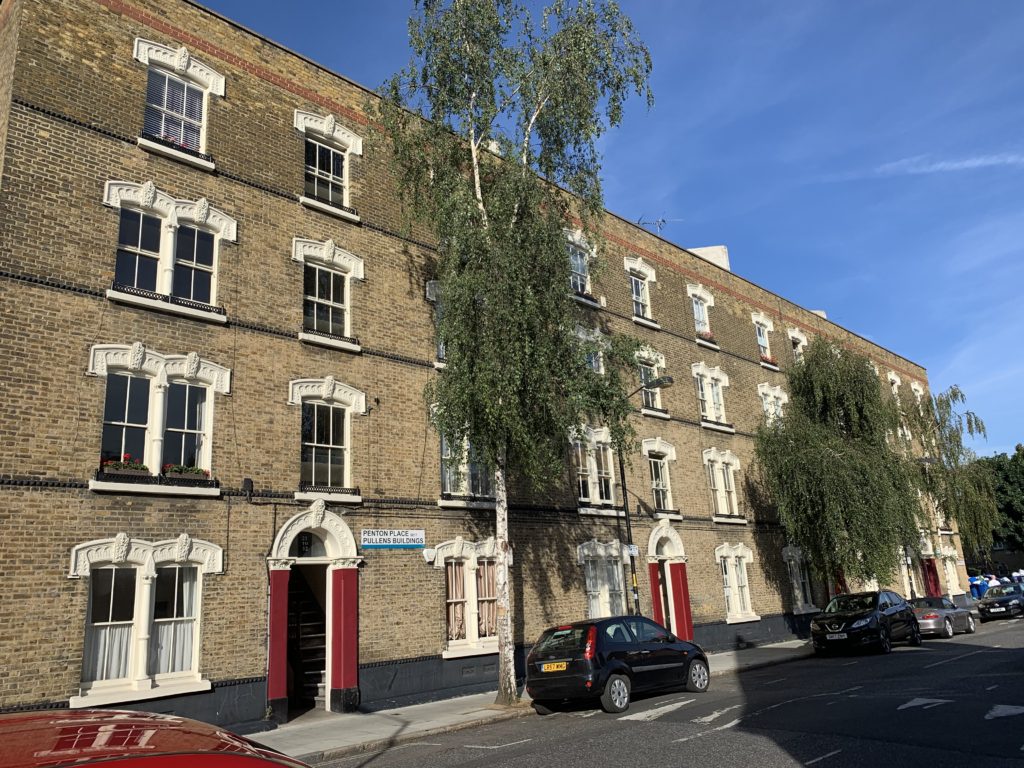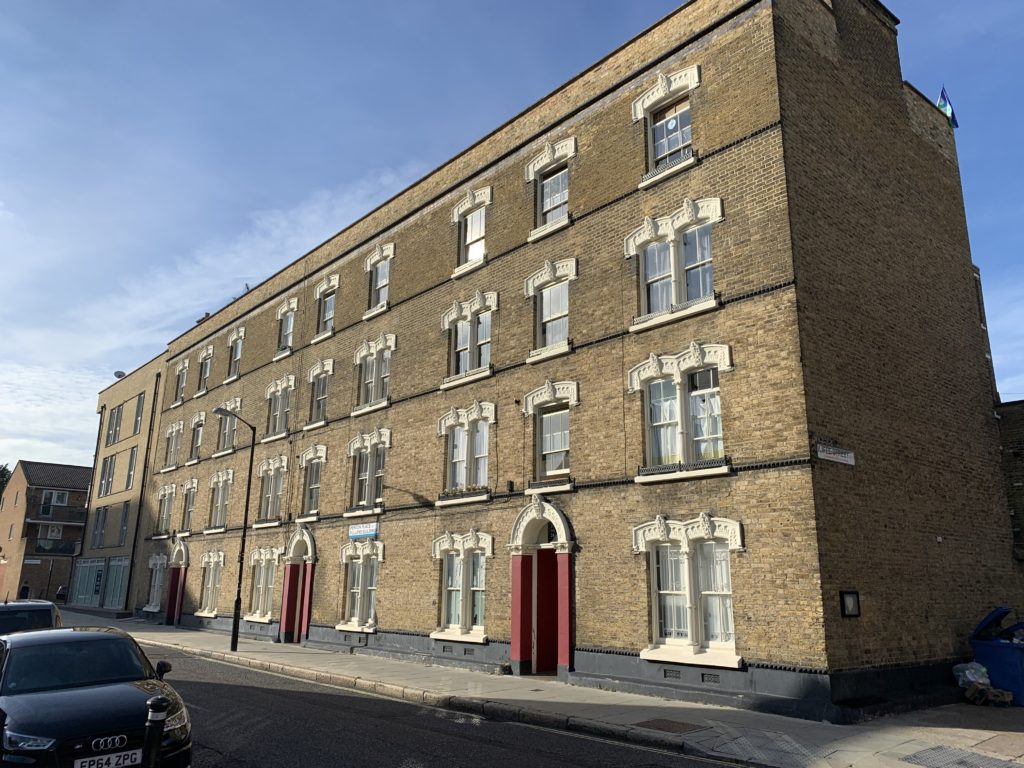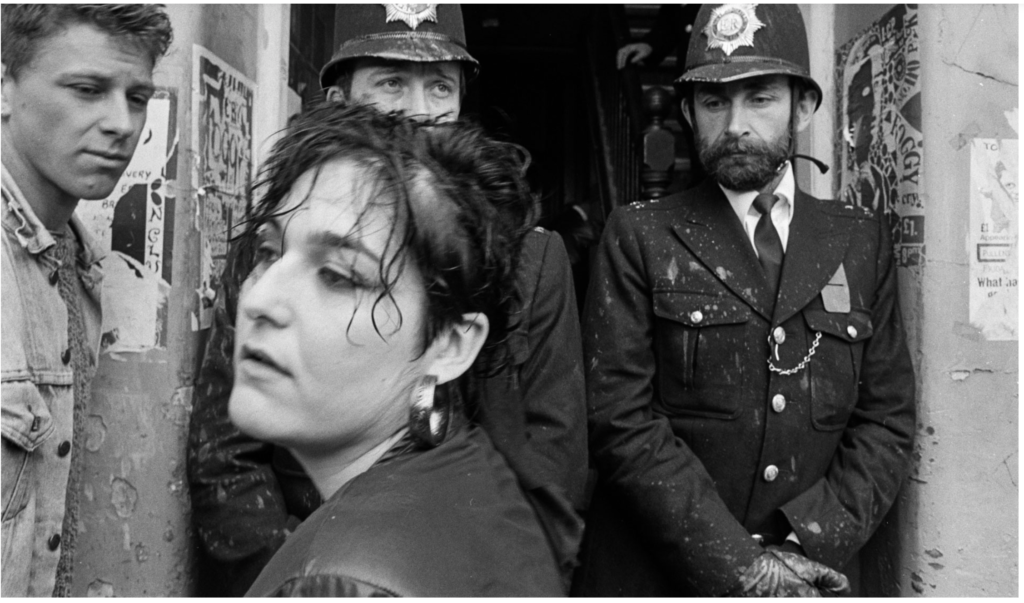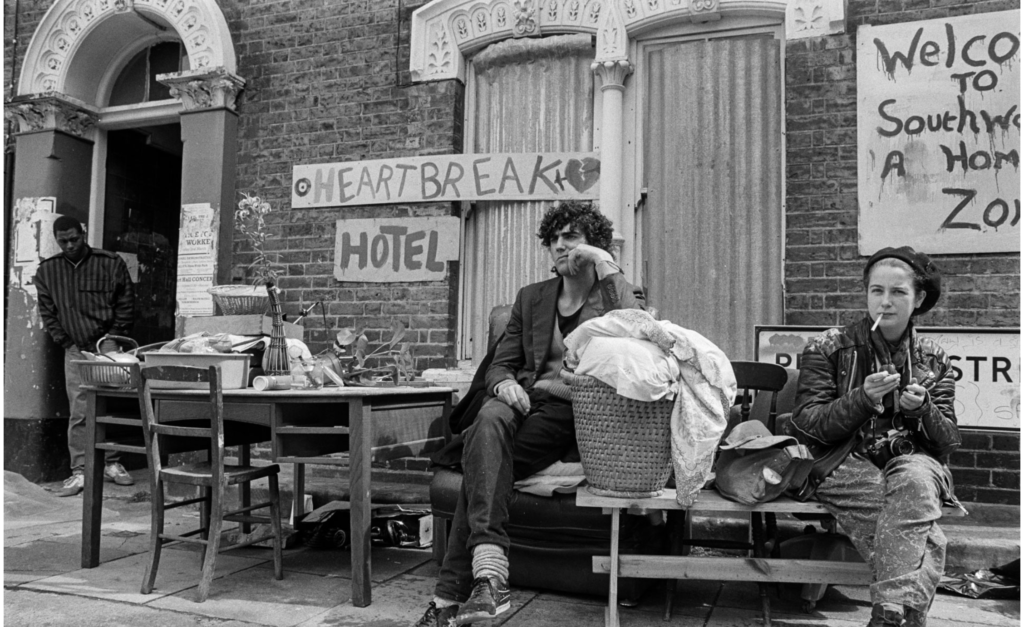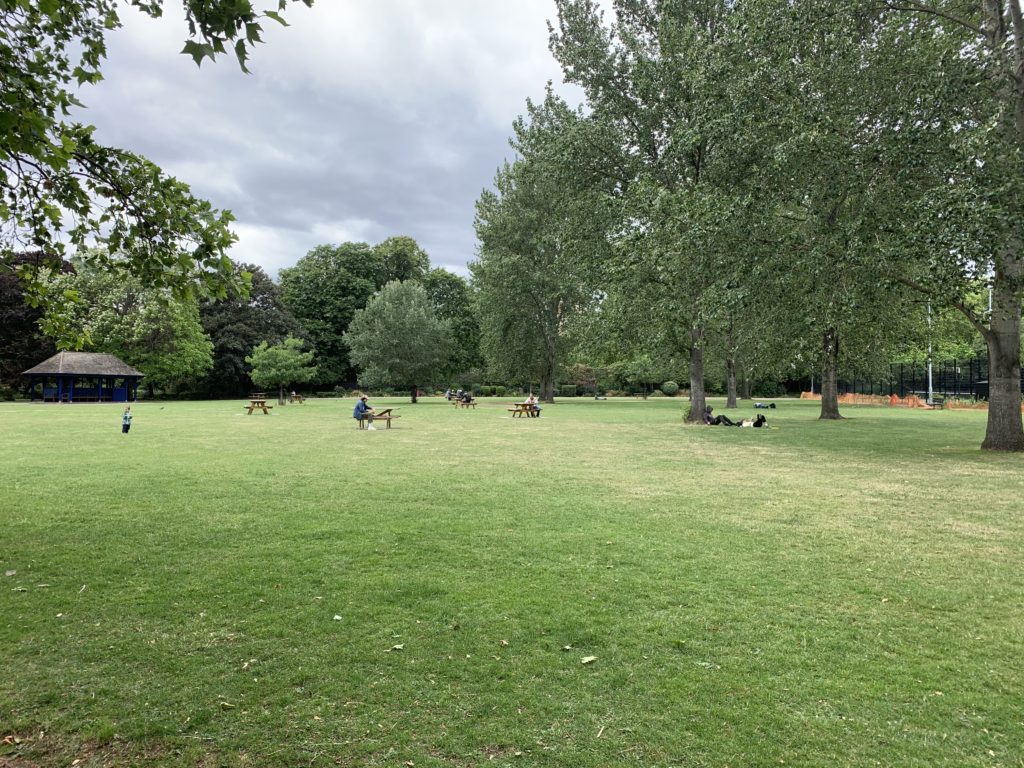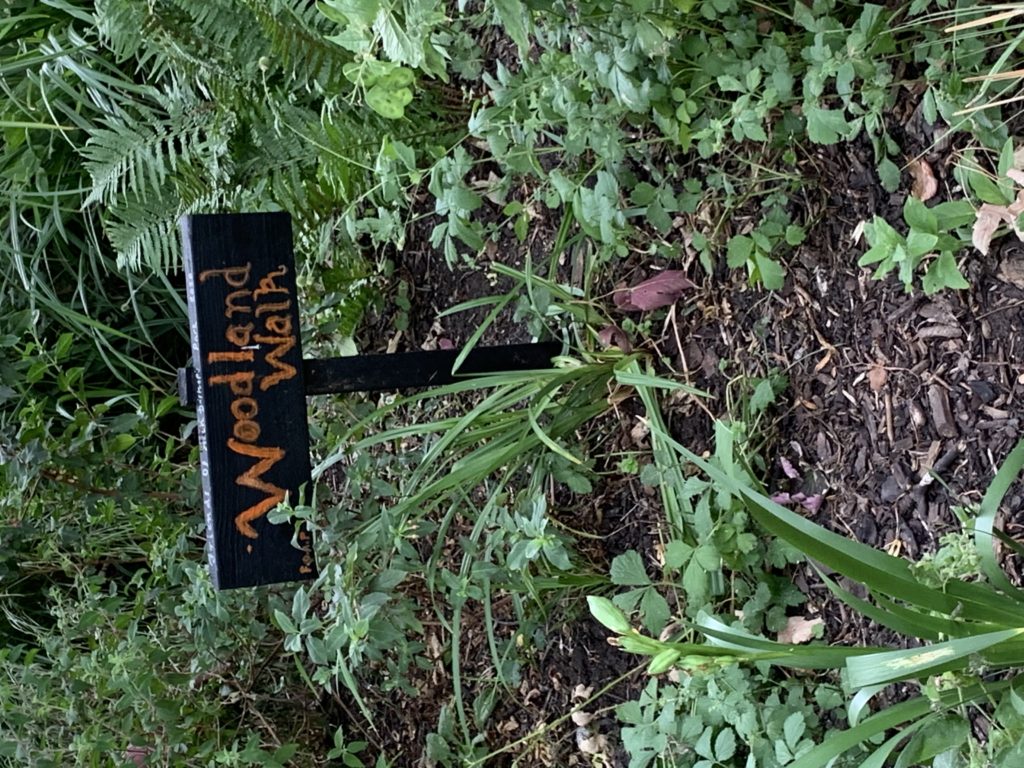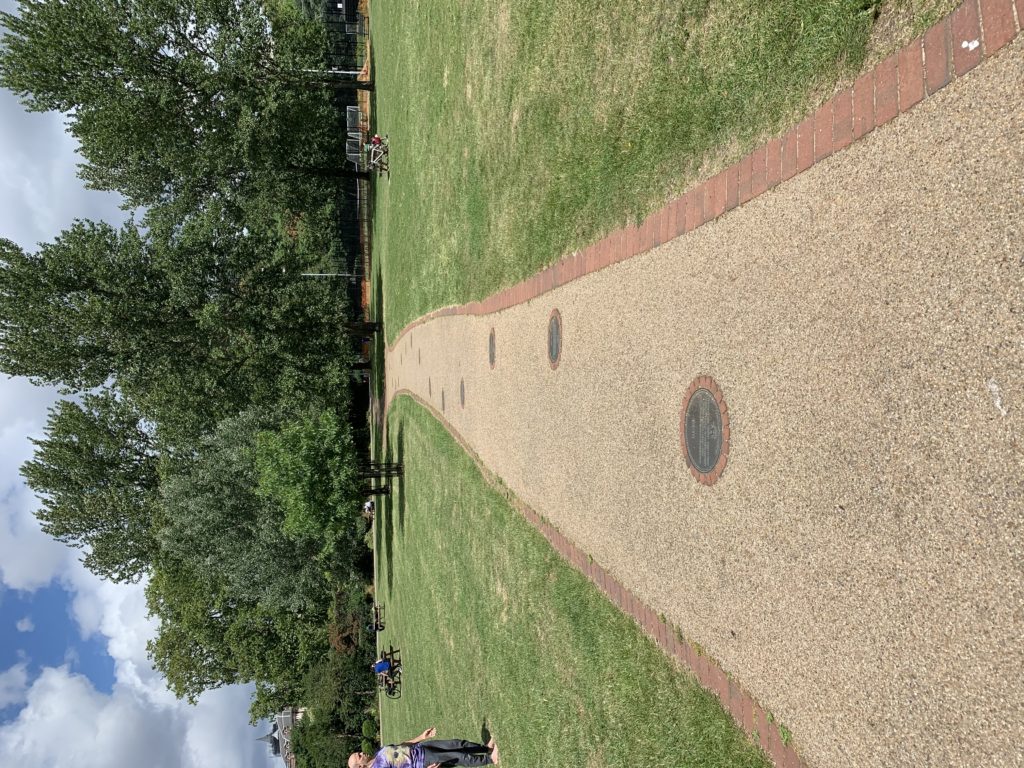If, like us, you can think of nothing more enjoyable than sticking your nose in other people’s business, then you’re in luck! It’s our favourite time of year again (we know we’ve said this five times in 2021) and it is Open House London. After taking a hiatus in 2020, Open House is back but as an understandably more circumscribed affair. There are a number of venues open to the public and others available online for viewing. As per usual, most of the buildings are staffed by friendly people who can tell you all you need to know about the place and what goes on or went on there.

For those of you not in the know, Open House London is an event which promotes the appreciation of architecture by flinging open the doors of otherwise closed spaces to the public, and is totally free. It is happening this weekend (4-5 September) and next weekend (11-12 September). What we have included below are local Open House venues where you do not need to book, but look carefully as not all venues are open both weekends. And if you possess the audacious gall to travel outside Greater Kennington you’ll find below other nearby bountiful buildings.
Greater Kennington
Nearby
Kaymet Tray and Biscuit Factory, Old Kent Road

